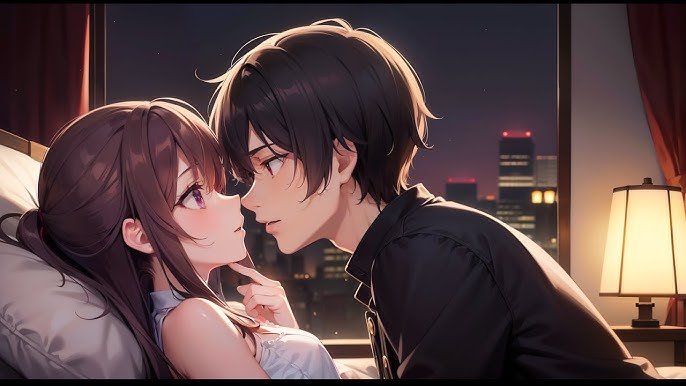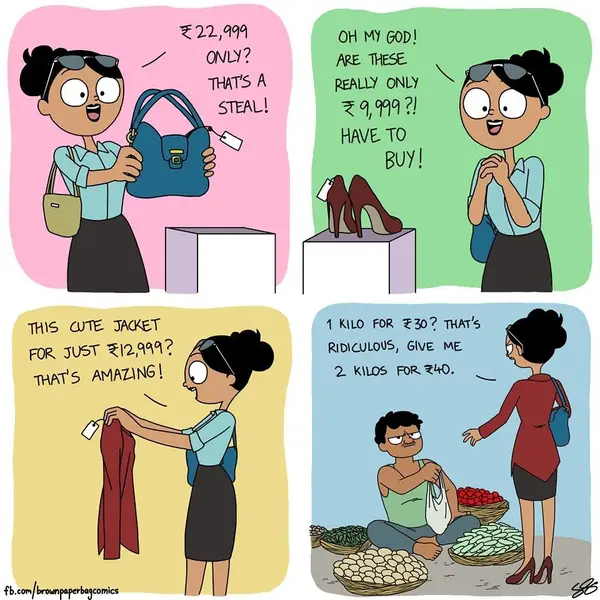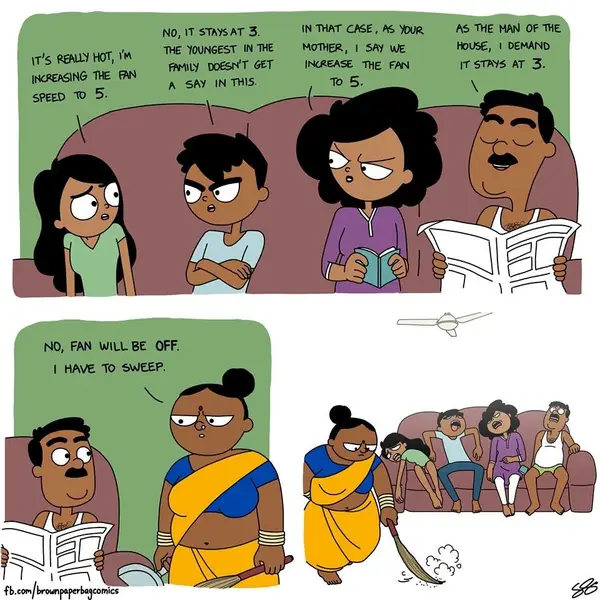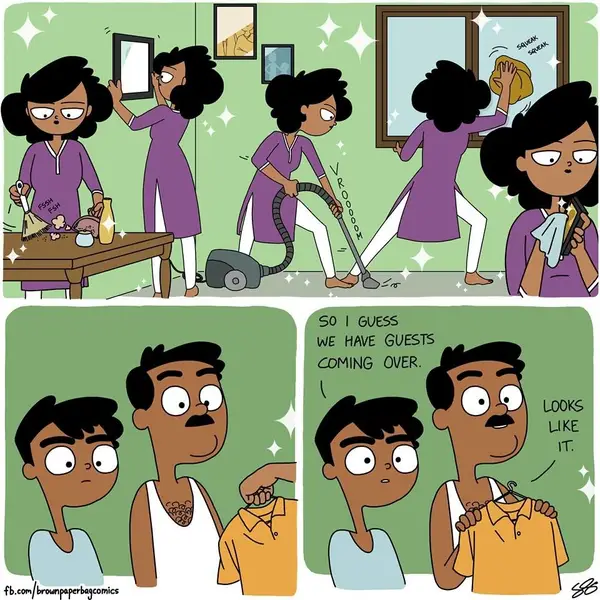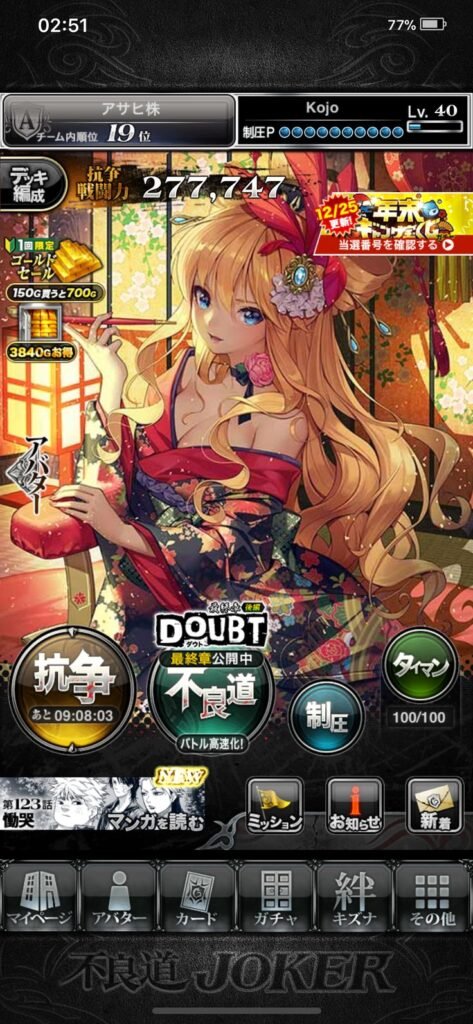The Answer-Man is feeling nostalgic
So we are going to dust off a perennial chestnut.
- Taking an old one out of the archive which gets asked regularly enough I will dub this one the “2014 Edition of DC vs Marvel” version of this question.
- We won’t go into the recent Secret Wars, Civil War II and Rebirth shenanigans. I will just do MY overall opinion of the companies.
- We are also going to avoid naming names or talking about people engaged in questionable circumstances — See DC Comics. Let’s consider this a “within-the-universe specific analysis”.
The discussion of the difference between the philosophy of DC’s comic creations and Marvel’s isn’t nearly as wide as it once was. The main difference was in the early approaches to the characters and their perspectives.
Unfortunately, both mythologies have become a bit tarnished and it is more about a profit motive than maintaining their previous ideologies. Since most of the previous creators of those mythologies have died or choose to remain silent, the two groups appear more and more alike as new talents and leaderships take over how the characters, look, behavior and thinking.
I will be looking at them more historically (as a long-time reader) than as a modern comic consumer who may not see any appreciable difference between the two groups. (And they wouldn’t be wrong…)
The DC Way

National Allied Publications, the original company which would eventually become DC Comics started its hero-making defining its heroes as mythic beings who worked as paragons of Humanity, literally the best of what a Man could be. Superman, Batman, Wonder Woman were all paragons of virtue; strength, will-power or personal fortitude.
- Looking at DC, their heroic templates seemed both brighter and more idealistic than Marvel’s, possibly because of their origins in times (World War II) that were in desperate need for humor and light.
- DC would go so far as to tell outright silly stories during the 50s and 60s, with no need or apparent desire for continuity. It allowed them to create stories not connected to each other, keeping them lighter in tone (and in some cases, really bizarre.)
- The companies DC would purchase during Golden and Silver Ages would have similar thematic characteristics. In some cases, they were little more than copies of the core characters of the DC Universe. Characters such as Captain Marvel/Shazam, Captain Atom, were almost direct copies of DC’s core character Superman. (Insert lawsuits here…there were many of them.)

- Some of the more notable additions included the eclectic Charleston characters of Blue Beetle, The Question, and Shade the Changing Man. My favorites include the Quality Comics, Freedom Fighters who though I saw them too infrequently, I loved them. DC was an excellent judge of characters which fit their overall motif, even if they were less than excellent in the successful deployment of those characters.
- DC’s Batman shows the indomitable spirit of Man, Wonder Woman shows that peace is desirable but may often have to be fought for. Superman shows the innate goodness of hard work, moderation in all things, restraint and humility even when blessed with phenomenal power. He is a god aspiring for humanity.

- Their heroes covered every elemental region and often replicated gods of myth. Aquaman (Posidon), the Flash (Hermes), the Martian Manhunter (Proteus), each of these heroes had mythic counterparts though you may not recognize them immediately.
- Even their non-powered heroes were legendary in their abilities, e.g. Green Arrow or Batman both physical specimens whose skills allowed them to hang with the gods as legendary heroes like Hercules and Perseus.

- Many of DC’s heroes can be likened unto gods who have come to Earth (in some cases literally e.g. Superman, who doubles as the Christ or Moses metaphors).
- DC’s heroes exist to be the exemplars of how great humanity can be when we work together toward common goals and their heroes promote the future of Humanity.
- This same mythic nature works against DC when they try to create new heroes who are not as mythic and this may explain why most of their new creations simply never gain the ground their iconic originals did.




